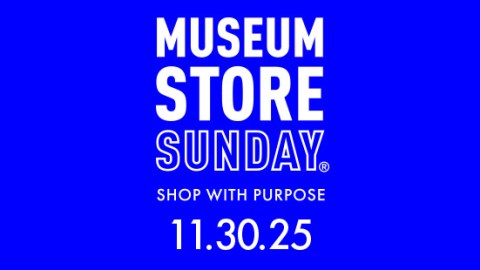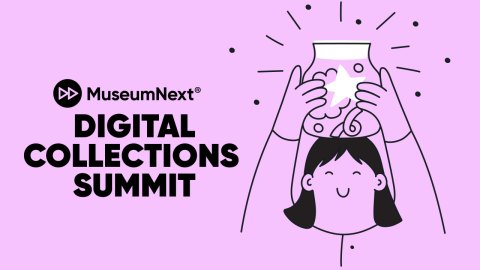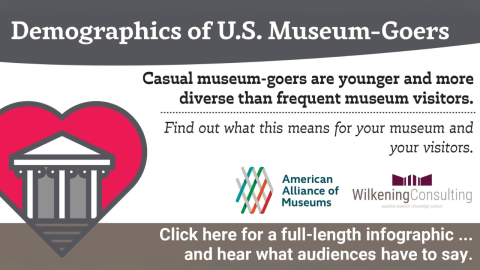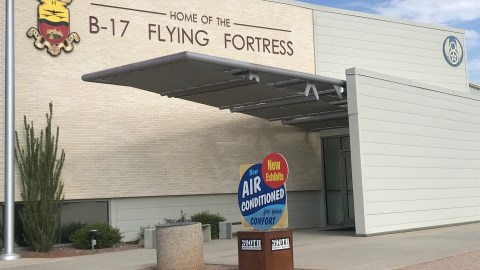Foreword
This inaugural Art Museum Director Survey launched in early 2020. At the time, we did not know that a global pandemic would claim the lives of millions over the following months, that it would raise unemployment in the United States to levels not seen since the Great Depression, that it would fundamentally alter the way we celebrate birthdays and weddings, and the way we grieve our losses.
We also did not know that the continued killing of Black civilians by police would spark a national reckoning and historic protests. The Washington Post reports that nearly one thousand people have been killed by police in the United States in 2020 so far, with Black and Hispanic/Latinx people killed at a radically disproportionate rate.[1] While the world weathers a global pandemic, the United States confronts persistent structural inequities, which require changes at local, state and national levels.
What is the role of an art museum in such a context? Perhaps it is not so different from what it has been at its best—to serve as a hub of community engagement, a center for reflection, imagination, and healing, while participating in the construction of cultural narratives that help us make sense of our experiences and the experiences of others. This work in the coming years will be increasingly urgent and complex, as each of us will have been changed by our experiences during this pandemic as we adapt and respond to the varied manifestations of our new social norms.
Museums may find themselves fighting for their continued existence in the years to come. Ongoing closures have stripped museums of crucial revenue streams, threatening their financial sustainability. As a result, many staff who serve the public most directly have been furloughed or laid off, with BIPOC staff disproportionately suffering the impact. Financial outlooks for many museums are increasingly bleak, while public demands for rapid shifts in the culture and operations of these institutions are increasingly urgent.
The 2020 Art Museum Director Survey was fielded in the winter of 2020 and closed in March when it became clear that COVID-19 posed a crisis for each participating institution. Ithaka S+R was lucky to secure enough responses by then to provide a snapshot of the perspectives of directors immediately preceding this transition. This data reveals the state of the field as it entered into a crisis—though more research is needed to understand how these perspectives have changed over the last several months. We are grateful to our respondents, who have provided a benchmark in this first iteration of the Art Museum Director Survey. This benchmark provides evidence of the perspectives of art museum directors immediately preceding the COVID-19 pandemic and will allow us to iteratively measure change over the years as our institutions continue to adapt to new social and environmental challenges.
We are grateful to the Kress Foundation for supporting this important initiative.
-Christine Anagnos, Executive Director, Association of Art Museum Directors &
Laura Lott, President and CEO, American Alliance of Museums
Key Findings
Leadership and Strategy
Prior to the pandemic, art museum directors viewed education and public programming as top priorities for fully realizing their organizational missions. Social justice programming was not seen as a high priority, though directors strongly agreed that internal changes—such as diversifying the board of trustees, ensuring pay equity among staff, and improving accessibility—are necessary to make their institutions more equitable. Fundraising and communication skills, along with an ability to manage change, are seen as the most critical skills for the job of an art museum leader.
Budget and Staffing
The vast majority of museum expenses are allocated toward personnel, which has since been significantly impacted by the pandemic as museums have furloughed and laid off staff in anticipation of major losses in income. Endowment income and private philanthropy are the largest components of museum revenue. Earned income also composes a significant portion of revenue, highlighting the financial vulnerability museums face during physical closure.
Visitors and the Public
Museums have strong on- and off-site programs, particularly for K-12 education, as well as partnerships with local cultural organizations. They do not view each other as competitors but are more concerned about the collective perspective of the public towards the museum field.
Collections
Most museum directors would like for it to be easier to deaccession works that do not fit strategically in the collection. They estimate that such works constitute roughly one-tenth of their collections on average. Diversifying collections based on artist identity (i.e. race, ethnicity, gender) is seen as a priority in acquisition strategies.
Click to access the full findings from the Art Museum Director Survey 2020 (you will be directed to the Ithaca S+R website.)








